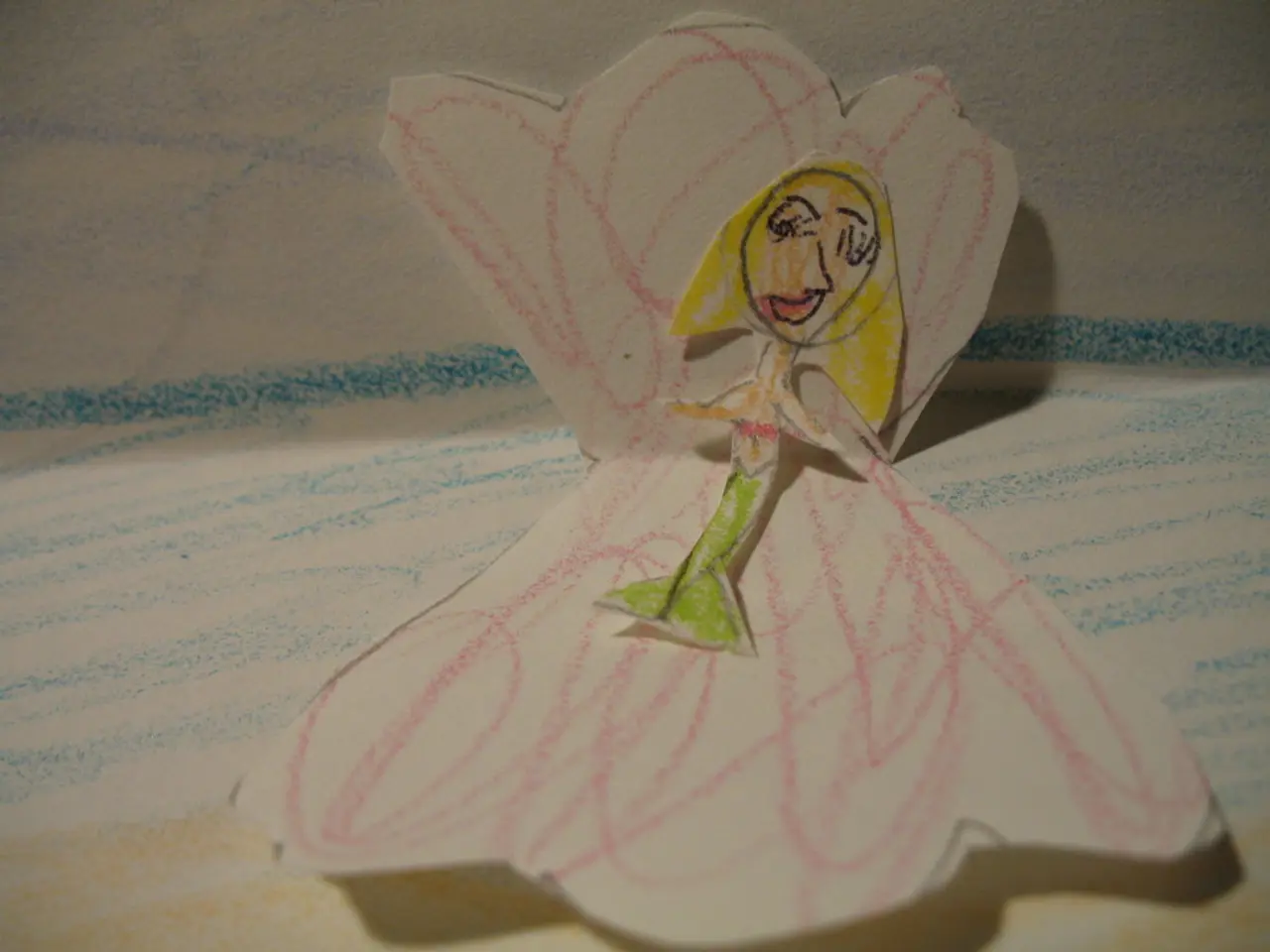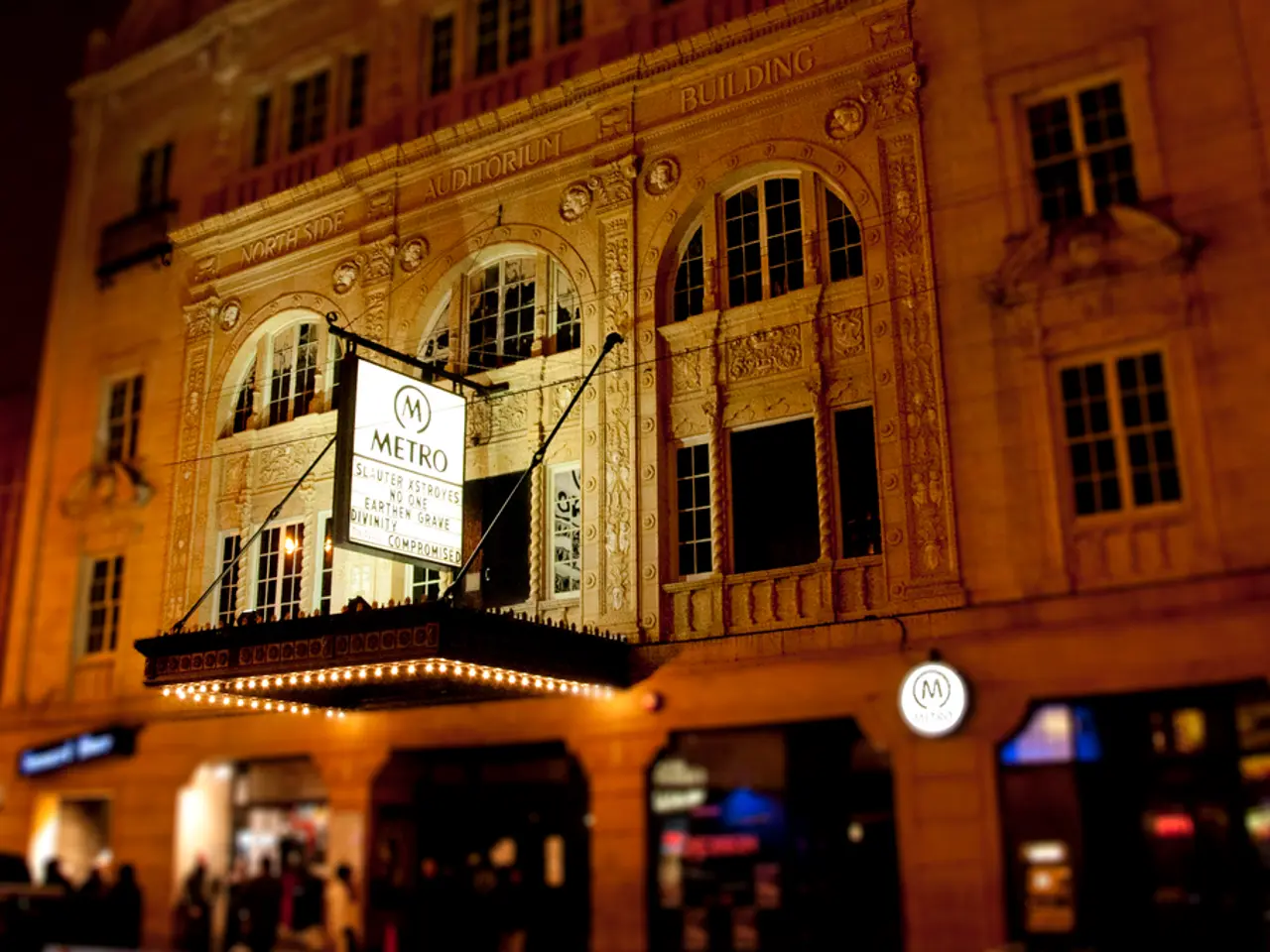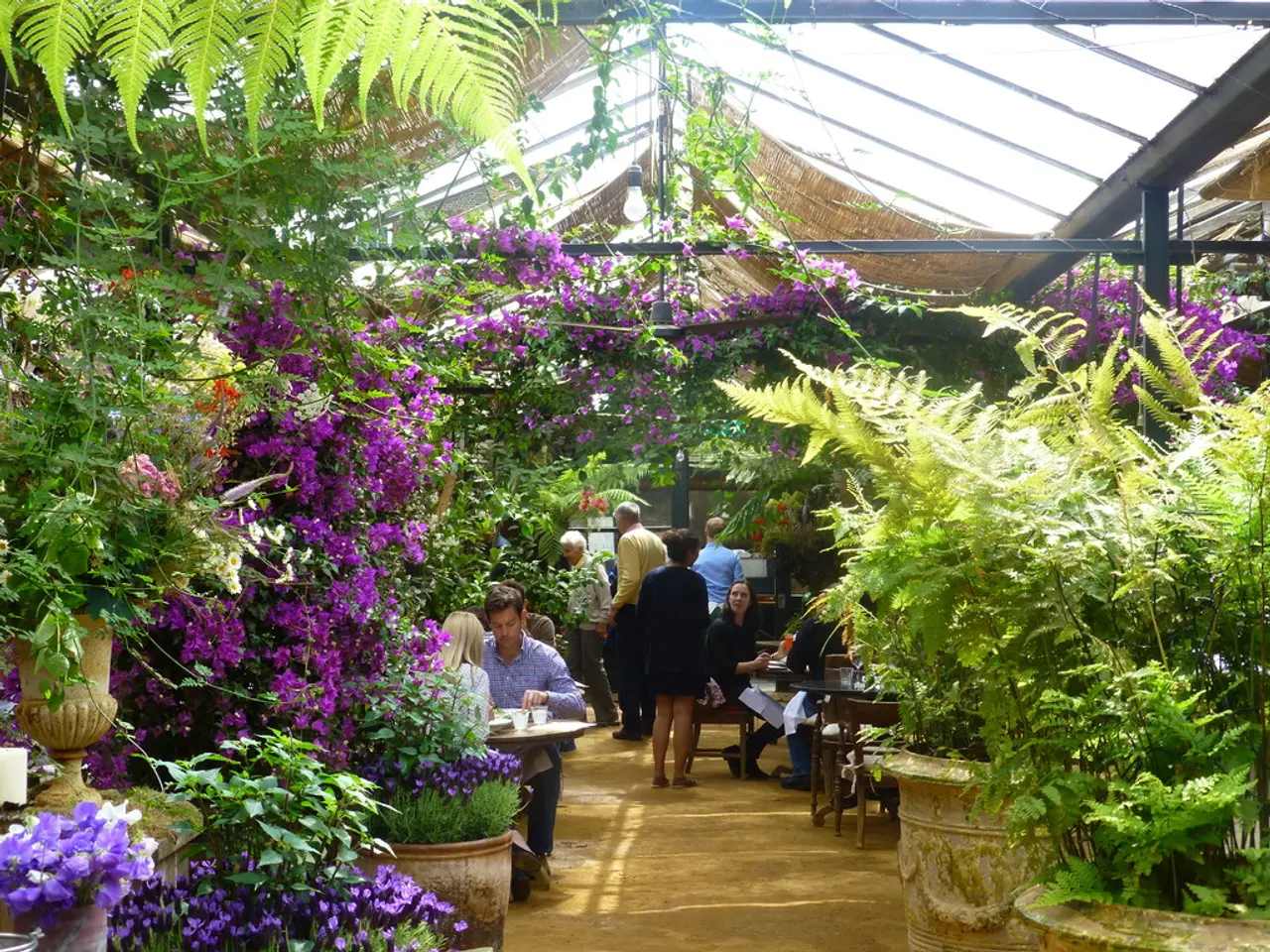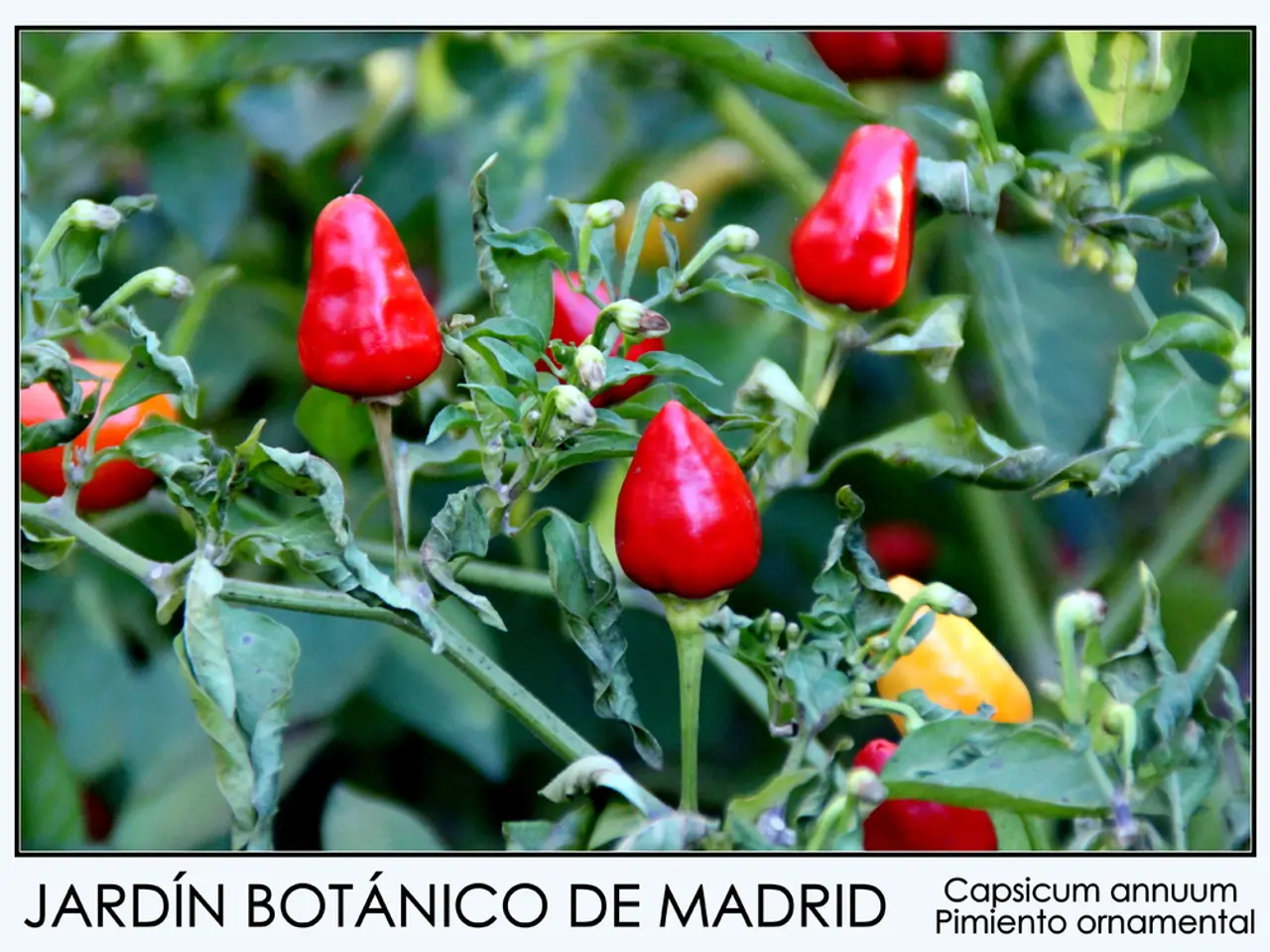Methods for Portraying Motion in Visual Artistry
In the realm of art, capturing the essence of movement has always been a captivating challenge for artists. By employing a variety of techniques, mediums, and principles, artists can effectively convey the dynamism and energy found in motion.
One key technique is the use of contrapposto and gesture drawing. Contrapposto, a classical technique, involves shifting the figure’s weight onto one leg, creating tension and a subtle twist in hips and shoulders that suggest motion or readiness to move. Gesture drawing complements this by using quick, confident, and expressive lines to capture the overall flow and energy of a pose, rather than precise details.
Another technique is the use of overlapping forms. By carefully arranging shapes and limbs to overlap, artists can create a sense of spatial depth and dynamic energy. This method can be particularly effective when practiced with various subjects in motion, such as people, animals, or vehicles.
Rhythm through repetition and variation is another important element for conveying movement in art. By repeating certain visual elements and varying them rhythmically across the composition, artists can guide the viewer’s eye dynamically, generating a sense of flow and dynamism.
When it comes to mediums, certain types are well-suited for capturing movement due to their fluid and expressive nature. Dry mediums like charcoal or chalk excel at creating clear, expressive lines essential for gesture and dynamic poses. Brushwork allows variations in stroke width and tone intensity, simulating motion or spatial depth effectively. Colored mediums like colored chalks, inks, and watercolors introduce color variation that can heighten the illusion of movement.
In digital art, software tools can be used to create realistic blurring effects that simulate motion. Artists can also experiment with blurring and smudging techniques in traditional painting to suggest movement and create a sense of dynamism.
Understanding movement in art involves studying the principles of animation, such as timing, spacing, and anticipation. It also requires an understanding of the psychology of perception and how the human eye interprets visual stimuli.
Movement in art can be achieved through various techniques, such as blurring and smudging, dynamic composition, and the utilisation of different media. Light is another important tool for creating the illusion of movement in art, and techniques such as chiaroscuro or dramatic lighting can create a sense of depth and dimension within compositions, suggesting movement towards or away from the viewer.
By utilizing varied line weights, lengths, and directions, artists can create a sense of dynamism and vitality in their work. Consistent practice with these techniques and mediums, focusing on capturing the essence and energy of the subject rather than details alone, will lead to more compelling depictions of movement in art.
In essence, to create art that effectively conveys movement: - Use contrapposto and gesture drawing to capture the body's fluidity and tension. - Apply overlapping shapes to suggest layers of motion and depth. - Employ rhythm, repetition, and variation to guide the viewer’s eye dynamically. - Select mediums that allow expressive lines, tonal variation, and color dynamics. - Draw inspiration from kinetic and impressionist principles to enhance visual dynamism.
[1] [Artist's Handbook: A Guide for Enhancing Your Creative and Technical Skills](https://www.amazon.com/Artists-Handbook-Enhancing-Creative-Technical/dp/0764957791) [2] [Drawing Dynamic Figures: A Visual Guide to Capturing the Human Form in Motion](https://www.amazon.com/Drawing-Dynamic-Figures-Visual-Human/dp/1563677214) [3] [The Elements of Composition: A Visual Guide to Understanding and Applying Art's Most Fundamental Principles](https://www.amazon.com/Elements-Composition-Understanding-Applying-Fundamental/dp/1563678337) [4] [The Art of Drawing: A Complete Course for Beginners](https://www.amazon.com/Art-Drawing-Complete-Course-Beginners/dp/1563678860) [5] [The Art of Impressionism: Masterpieces from the Musée d'Orsay](https://www.amazon.com/Art-Impressionism-Masterpieces-Musée-Orsay/dp/0847828758)
- When exploring different aspects of life, one might appreciate articles on lifestyle, fashion-and-beauty, food-and-drink, home-and-garden, books, entertainment, and sports to broaden one's perspective.
- In the realm of art, an understanding of principles such as contrapposto, overlapping forms, rhythm, diverse mediums, and kinetic and impressionist concepts can help artists better capture movement and vitality in their work.
- To unwind after a day filled with art, reading or watching entertainment could provide a soothing escape, while immersing oneself in a good book or a favorite sports event could stimulate inspiration for the next creative project.




